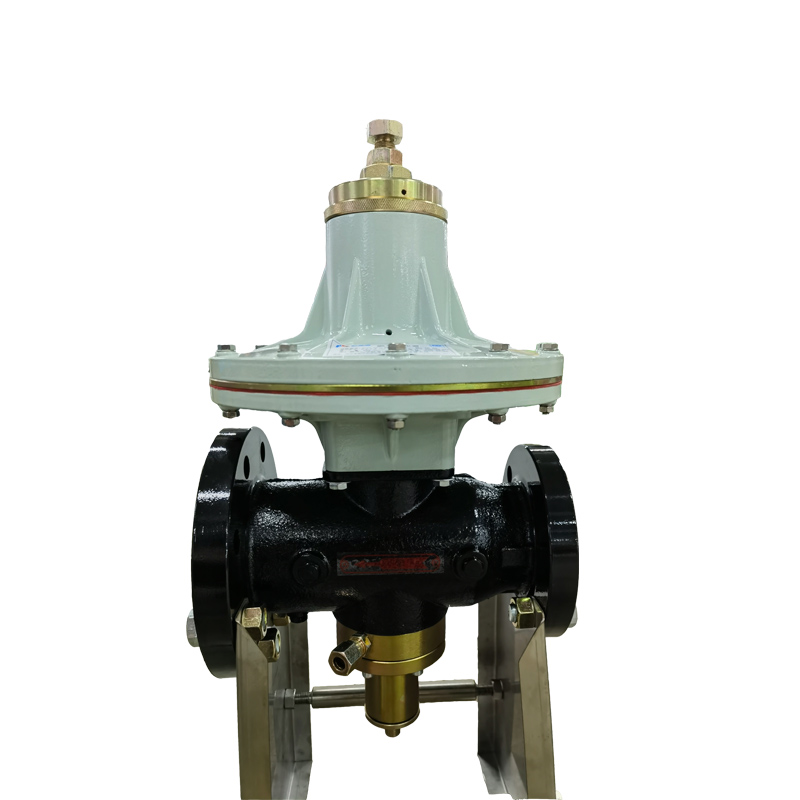
Nov . 07, 2024 11:05
Back to list
Understanding the Benefits and Uses of Compressed Natural Gas
Compressed Natural Gas An Overview of Its Benefits and Applications
Compressed Natural Gas (CNG) is increasingly being recognized as a viable alternative to conventional fuels for transportation and energy generation. CNG primarily consists of methane (CH4), making it a cleaner-burning fossil fuel compared to gasoline and diesel. As global concerns about air pollution and climate change continue to rise, CNG emerges as a practical solution for reducing greenhouse gas emissions and improving air quality.
One of the most significant advantages of CNG is its environmental benefits. When burned, CNG produces significantly lower levels of carbon dioxide (CO2), nitrogen oxides (NOx), and particulate matter compared to other fossil fuels. According to the U.S. Department of Energy, CNG can reduce greenhouse gas emissions by up to 30% compared to gasoline and by over 20% compared to diesel. This reduction in emissions is crucial in urban areas where air quality is a major concern, as it can lead to improved public health outcomes.
.
CNG is also favored for its domestic availability. Many countries have substantial natural gas reserves, reducing reliance on oil imports and enhancing energy security. This is particularly important for countries looking to decrease their vulnerability to global oil price fluctuations. By utilizing CNG, nations can better control their energy costs and create jobs within the domestic energy sector.
الغاز الطبيعي المضغوط

In addition to transportation, CNG has various applications in industrial and residential sectors. It can be employed for heating, electricity generation, and as a raw material in manufacturing processes. Industrial users of CNG can experience significant cost savings while benefiting from a cleaner fuel option. Moreover, utilities are increasingly using CNG as a peaking power source, taking advantage of its ability to quickly ramp up generation to meet fluctuating electricity demands.
Despite the many benefits, there are challenges associated with the adoption of CNG. One of the primary barriers is the infrastructure required for widespread CNG use. While the number of refueling stations is growing, it remains limited compared to conventional gasoline stations. Expanding this infrastructure necessitates significant investment and coordination among stakeholders, which can take time to develop.
Another challenge is the perception of CNG among consumers. There is often a lack of awareness regarding the benefits and safety of CNG vehicles. Educating the public and addressing misconceptions about CNG is essential for encouraging broader acceptance and adoption of this alternative fuel.
Moreover, the production of CNG, like other fossil fuels, can have environmental consequences. Methane, a potent greenhouse gas, can escape during extraction, transportation, and storage processes, potentially negating some of the climate benefits of using CNG. Therefore, it is critical to implement best practices for methane management and strive for improvements in the extraction and distribution processes.
In conclusion, Compressed Natural Gas has emerged as an important player in the global energy landscape. Its environmental benefits, economic advantages, and applications across various sectors make it a compelling alternative to traditional fossil fuels. However, overcoming the challenges associated with infrastructure, public perception, and environmental concerns is crucial for maximizing its potential. With continued investment and innovation, CNG can contribute significantly to a cleaner and more sustainable energy future, playing a vital role in the transition towards a lower-carbon world. As governments and organizations pursue cleaner energy solutions, CNG stands poised to be an integral part of the mix.
Latest news
-
Safety Valve Spring-Loaded Design Overpressure ProtectionNewsJul.25,2025
-
Precision Voltage Regulator AC5 Accuracy Grade PerformanceNewsJul.25,2025
-
Natural Gas Pressure Regulating Skid Industrial Pipeline ApplicationsNewsJul.25,2025
-
Natural Gas Filter Stainless Steel Mesh Element DesignNewsJul.25,2025
-
Gas Pressure Regulator Valve Direct-Acting Spring-Loaded DesignNewsJul.25,2025
-
Decompression Equipment Multi-Stage Heat Exchange System DesignNewsJul.25,2025

